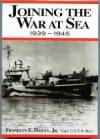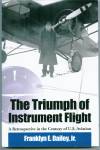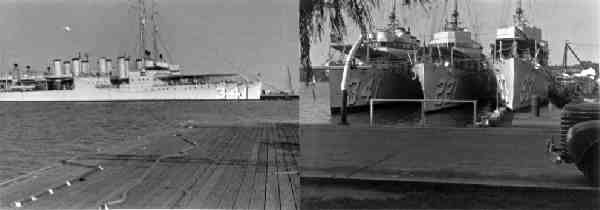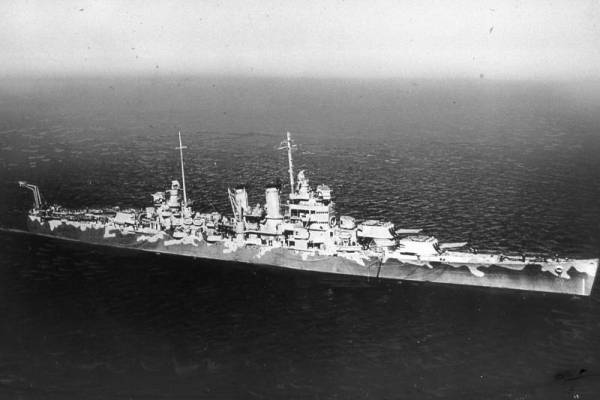
-------
.

Read The Triumph of Instrument Flight
- Navy Aerial Reconnaissance
- Warships at Morocco-1942
- Aircraft Carriers for Torch
- Battle for Morocco
- Bridging World Wars
- Supply and Support
- Husky, Palermo, Messina
- Bloody Salerno
- Luftwaffe Standoff Weapons
- Aircraft of World War II-"friendlies"
- Long "slog" at Anzio
- USS West Point AP23 War Cruise-part 1
- USS West Point AP23 War Cruise-part 2
- Singapore, Fateful Stop on "Joan's Journey"
- Update West Point
- Part I, Briggs on Casablanca, Sicily
- Part II, Briggs on Anzio
Roosevelt began new destroyer build program in 1935; old WW I '4-piper' destroyers recalledto duty
Copyright 2011
Ships and Aircraft of World War II(many photos from U.S. Navy WW 2 Recognition Training Slide Set)
Yes, World War I U.S. Navy ships served once again in World War II. Some of the WW I destroyers are pictured here in shots taken before WW II began, but after these ships were "called up" for duty as war clouds gathered.

Bow on, from left to right in the right panel above, DD-341 USS Decatur, DD-221 USS Simpson, and DD-93 USS Fairfax in photos taken at the U.S. Naval Academy in 1939. Decatur's hull number 341 marked the last of the 4-stack destroyers built in the United States' shipbuilding program for World War I, being completed in1922. After various periods of being out of commission, destroyers in this class were gradually brought back into commission as war clouds gathered once again in the mid-1930s. These three destroyers all served during the Neutrality Patrol period and then during the war, performing escort of convoy duty. In the left panel above, the same nest of destroyers is shown in profile.
DD-145, USS Greer, another one of the World War I four stack class, engaged in the first known overt action by a U-boat against the U.S. in September 1941, before the U.S. formally entered World War II. Greer dodged at least two U-boat torpedoes in that event which occurred in the Neutrality Patrol period before Pearl Harbor.
For assault troop debarkation at Operation TORCH as part of Task Force 34, three other 4-stack destroyers were stripped down to lower their profile and make room for troops. At Safi, in the assault 150-miles southeast of Casablanca during Operation TORCH on November 8, 1942, the USS Bernadou and the USS Cole, navigated right into the harbor, their assault troops going ashore over the docks from Cole and right onto the shore from Bernadou which had simply grounded her bow on the shore sands in the harbor. At Mehedia northwest of Casablanca, on that same date, USS Dallas pushed right through the net defending the river mouth and went upriver to take the airfield at Port Lyautey.
In 1940, fifty of this class of World War I U.S. destroyers were a forerunner of the Lend-Lease program with Britain negotiated in 1941. The fifty destroyers were dealt to Britain in exchange for 99-year leases for the U.S. to use British ports in very useful places like Bermuda.
In the 1920s, warship countries of the world signed naval treaties that were intended to control, in proportion, the size and number of ships that a given Navy could have. One ratio, was called the 5-5-3 ratio. Britain and the U.S. were the fives, and Japan was the three. The U.S. was building a class of battle cruisers at the time and in accordance with provisions of a treaty, had to give up building battle cruisers. The two hulls in progress became our two first line aircraft carriers, the USS Saratoga and the USS Lexington. These proved decidedly more important to our country at the outset of WW II than any battle cruisers would have been. I have two magnificent photos of one of these ships and later in this series, if I am reminded by some reader, I will display these two photos and let some sharp eyed expert tell the rest of us which of the two carriers it is.
Below, to complete the "bridging World Wars" theme of this page, the last of the "treaty" heavy cruisers to be built for the U.S. Navy is shown.

This is the heavy cruiser USS Wichita CA-45, commissioned in 1939.
This ship has many distinctions. She was a key participant in Task Force 34 in the action at Casablanca. Visible in two turrets forward and one aft are the nine 8" guns that mark her a "heavy" cruiser. She won battle stars in both the European-African theater and in the Pacific theater of WW II. With her crane, catapault and hangar all the way aft, Wichita was the prototype in this respect for the (then) newer Brooklyn class of light cruisers. The float plane operations for the SOC and OS 2U float planes, used for observation and search, were greatly facilitated by locating the aircraft operations of subsequently commissioned ruisers, astern.